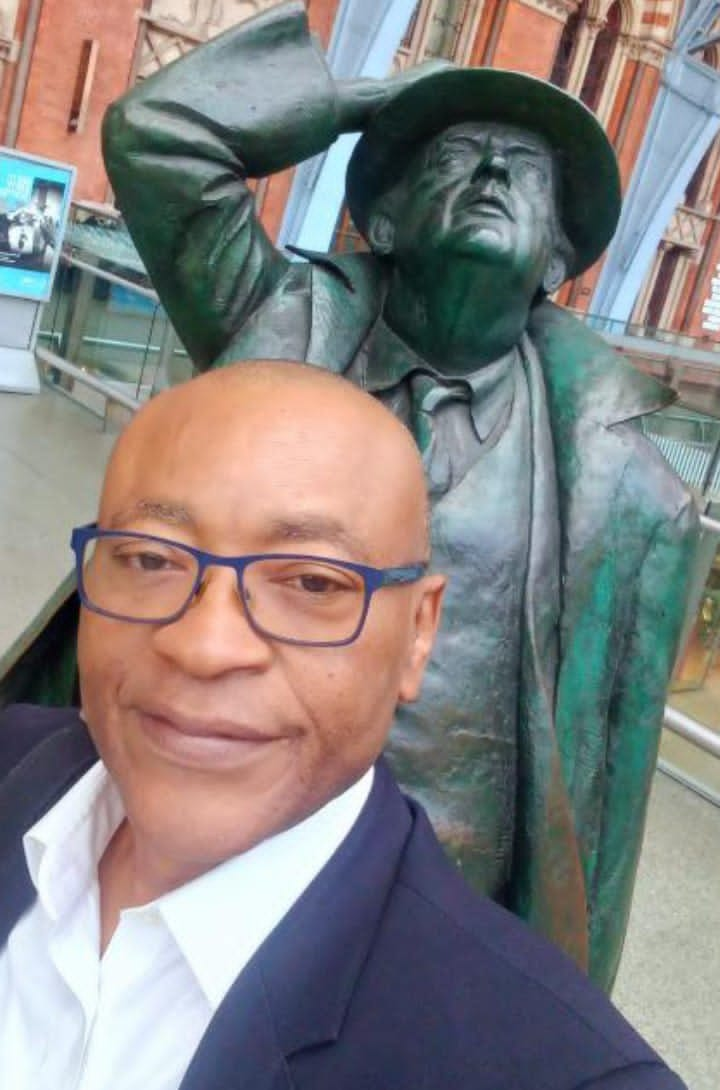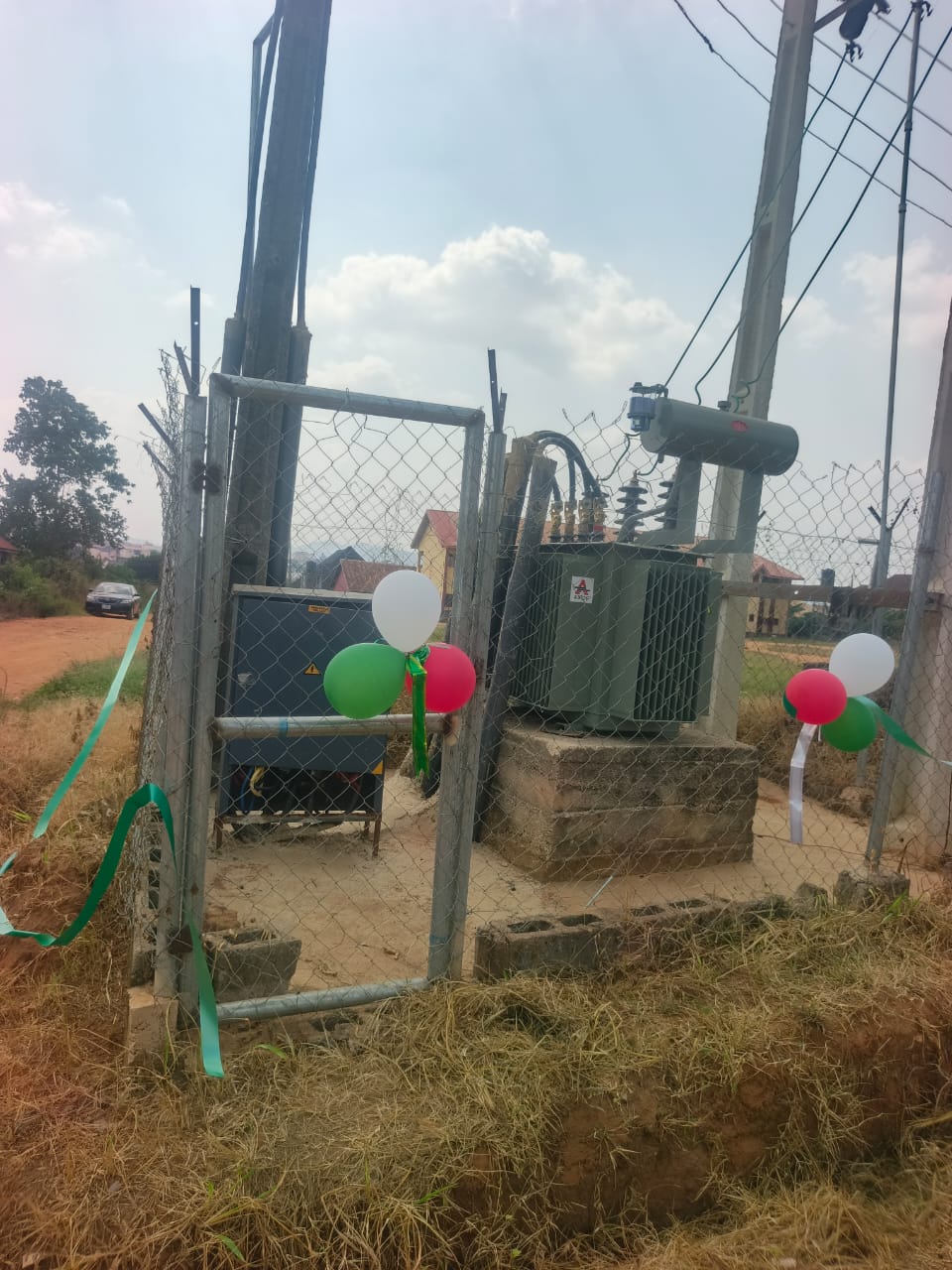“And in the shadowless unclouded glare,
Deep blue above us fades to whiteness where,
A misty sealine meets the wash of air .”
The immortal words of Sir John Betjeman, poet and Victorian architectural heritage campaigner, born 1906, died 1984, who saved the gorgeous St Pancras station from demolition in the 1960s. His statue stands majestic on the first floor of the station concourse beside the platforms for Eurostar aka HS1 and some of St Pancras’ finest restaurants and swanky watering holes.
I met up recently at Carluccios with its stunning views of the HS1 platforms, with my colleague and old friend Tim Jones, for a bite and quick catch up. Tim is one of the UK’s pre-eminent authorities on infrastructure PPP/PFI. CEO at Syrius Consulting with prior stints on DLR, Crossrail, East-West Rail, HS2. Tim is a reservoir of knowledge on infrastructure though many see him as a highways man from his time at the National Highways and as CEO of Connect Plus at Balfour Beatty among others. In reality he is a well grounded infrastructure all – rounder like me given our QS backgrounds. We reflected on our days in the MBA class of 1989 at Henley, some 35 years ago and how UK plc has since fared.
While waiting for Tim to arrive for our rendezvous, I took in the gothic handsomeness of St Pancras International, my mind drifting across town to another familiar iconic landmark, Waterloo International station which was our hub at Stagecoach Rail some while ago. The then largest train operating company in the UK, Stagecoach was the brainchild of Sir Brian Souter, who started the business driving a coach from Edinburgh to London with his sister Dame Ann Gloag, as his bus conductor. Stagecoach would grow into a behemoth owning majority of Southwest Trains, Virgin Trains, East Midland Trains, Manchester metro, Island Trains aside its buses and international businesses.
At Stagecoach major projects, our preoccupation was delivering on our franchise commitments and enhancing shareholder value from train operations and infrastructure with a significant interface with Network Rail’s asset stewards for landlord’s consents and possessions. Operating out of Friars Court around Waterloo, I ran the Stagecoach stations portfolio with a team of dedicated project managers supported by commercial managers, construction manager, planner, external consultants and contractors, among others. The portfolio included Southampton Airport Parkway, Bournemouth, Guildford, Woking, Putney, Bracknell, Winchester, Salisbury, Ascot… We extended platforms to take longer trains, reconfigured and refurbished station buildings to enhance retail opportunities, installed gatelines for revenue protection, built multi storey car parks to encourage “park and ride” commuting by train and so on. A key limitation in terms of the investment horizon was that the franchise period was only 7 years but investors are getting so much stick these days for allegedly “making too much money” as if. The question no one seems to be asking is, where are the Office of Rail and Road (ORR) and Dept for Transport (DfT), the ultimate defenders of the public interest?
Tim and I reflected on current developments on GB Rail and the buzz around what Labour promises on HS2. That it will definitely berth at Euston is a relief as the plan for an Old Oak Common terminus favoured by Rishi’s gang certainly begged questions. A review of the decision on the phase 2, Birmingham to Manchester, is also causing some excitement. Now the debate is why technical and business decisions have been subjected to political whims. Truth is the CEO of UK plc is the prime minister, Sir Keith Starmer, a politician. So getting around politicians and their machismo may be asking a lot especially when it concerns spending public money. The Tories generally do well with the economy by aligning with business sometimes incestuously while Labour holds the candle for the trade unions and bias for public sector delivery. Both sides mostly failing to curb the excesses of their traditional allies. The trick as always is sound independent strategic and technical advice, and to listen more to those who disagree with you. Easier said than done.
In many ways, Naija Rail’s situation is not too dissimilar from GB Rail’s, of plenty of motion but no real movement, or call it movement in fits and starts. We’ve been talking about reforming the Nigerian railway since Obasanjo’s second coming. Indeed the reform and restructuring swansong began with Hamzat Zayyad’s TCPC and nearly 30 years on, we are still trying to get the legislation passed by parliament. The structure of the industry hasn’t changed and public money continues to be sunk into a railway black hole. Humongous contracts have been awarded, sometimes in breach of procurement laws without consequence. They linger unstarted for years until they are forgotten about. A coastal highway is currently proceeding at breakneck speed but nobody seems to remember the Coastal railway which was awarded 10 years ago and a shovel is yet to hit the ground. What about the Lagos-Kano modernization contract which was awarded by Obasanjo in 2006 for a duration of 4 years, but 18 years on has not achieved up to 35% completion? Itakpe to Abuja was also awarded so many years ago but has not commenced. Same with many others on the infrastructure side as the Government has been unable to mobilize the required funds. What about railway operations? The promise was for the attraction of the private sector to participate in railway operations. With an overbearing and covetous NRC, the GE concession proposal was practically frustrated out of reckoning until GE divested out of the transport business altogether. The NRC continues to operate trains in an incoherent manner famously running out of fuel in the middle of nowhere while on a train journey. Most disappointingly is its failure to build a credible and sustainable rail freight business.
Notwithstanding there are green shoots of hope renewed and reason to be optimistic about the future. As the National Assembly resumes from its summer recess, it is hoped that the railway bill will receive its undivided attention. Let’s get this law passed for crying out loud. It’s been a 20 year hike so far and this new law will open the door for private investors to participate meaningfully in the railways. The recent locomotive engine retrofit pilot offers a glimpse into the innovative power of the private investor. It’s also about time too. It’s also about time too. So let’s do it.
Getting the law passed is however just the prerequisite. Implementing the changes effectively to transform the railway landscape would be the litmus test. Creating the independent railway regulator is the starting point, while separating railway operations from asset management while retaining vertical integration will enable risk sharing and provide appropriate incentives to investors. The public sector can play to its strengths as regulator and asset owner/landlord while the private sector will play to its by operating the railway business. The lessons that we must learn from the unbundling of the power sector continue to stare us in the face. We must employ the appropriate capital resources with skills and capacity, and leave no room for cronies and political patrons. Finally, the non performing non core assets of the NRC must be set free to become productive again. These include the factories and foundries, printing presses, surplus lands, catering facilities, hospitals…and all the rest. It is time that a new dawn beckoned for the Nigerian railways. May God help us all.
** Rowland Ocholi Ataguba is a London based strategic railway delivery expert. CEO of Bethlehem Rail Infrastructure Limited, he is a member of the NRC Unbundling Committee and author of the memorandum that initiated the constitution amendment transferring Railways from the Exclusive to the Concurrent list. A major contributor to the debate on the place of railways in national development, he is author of many policy papers including publishing the epic “Modelling the Nigerian Railways “.




